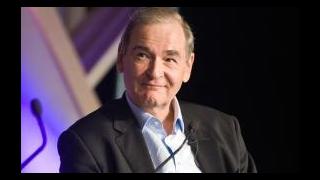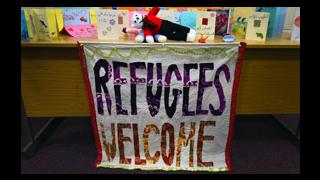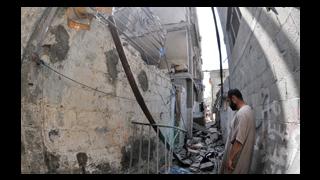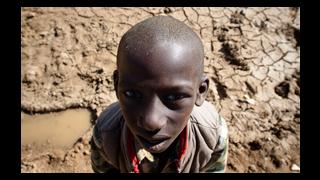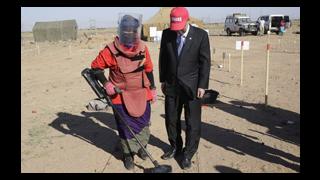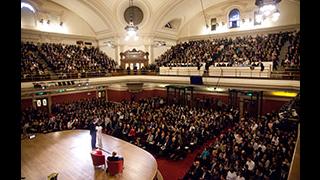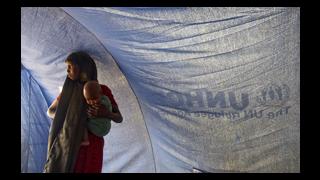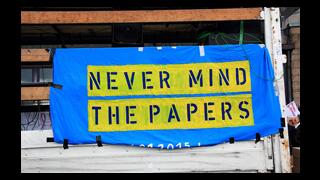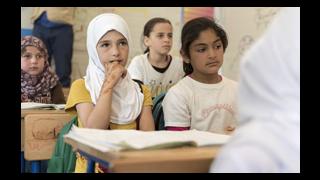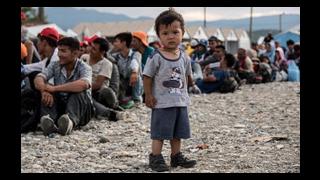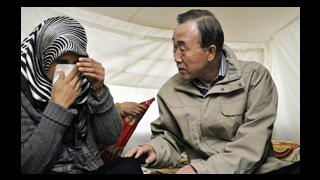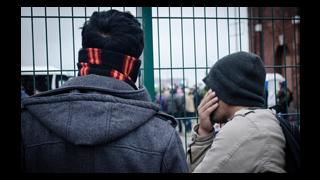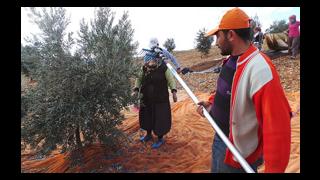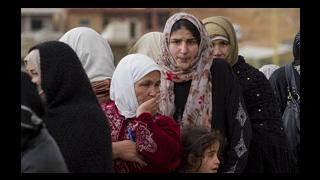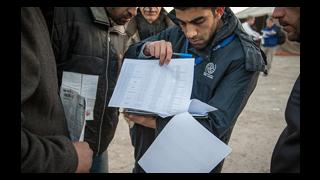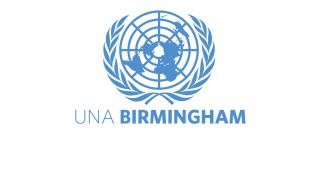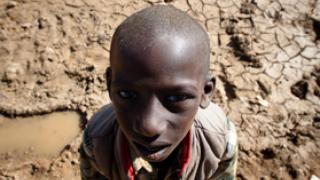
Anne Althaus is Migration Law Officer at the International Organization for Migration, an inter-governmental organisation comprising 162 member states, which is dedicated to promoting humane and orderly migration for the benefit of all.
The international community is faced with a tragic and challenging situation. Raging conflicts, natural disasters, environmental degradation, and blatantly unequal sharing of resources have put tens of millions of people on the move.
This unprecedented level of mobility has led to debates in political spheres, the media and in the public arena on the proper terminology to qualify the various migration patterns and types of migrants. In those discussions, the concept of ‘refugee’ is almost always opposed to ‘economic migrant’. However, this dichotomy is not only unfortunate – given its oversimplification – but inaccurate.
‘Economic migrant’: an ambiguous (non)-expression
The term ‘economic migrant’ has no legal definition. It is not mentioned in any international instruments of migration law. ‘Migrant worker’ is used in the UN Convention on the Protection of the Rights of all Migrant Workers and Members of their Family to designate a person engaged in a remunerated activity in a state of which he or she is not a national. ‘Migrant’, on the other hand, is a neutral term that denotes any person who is moving or has moved across an international border – or within a country, away from their place of residence. A person can therefore be a migrant regardless of their legal status (documented or undocumented) and of the voluntary or involuntary nature of the move.
‘Economic migrant’ is nevertheless commonly used in the public discourse, often with an unfortunate derogative connotation. It frequently implies that the migrant has freely decided to move with the only aim of improving their financial situation, in other words for ‘personal convenience’. At worst, it is suggested, with a xenophobic twist, that ‘economic migrants’ move to ‘steal’ the jobs and social benefits of their destination’s population.
Mixed migrations: a complex reality
The inaccurate dichotomy between ‘economic migrants’ and refugees creates two fixed categories and gives the misleading impression that only refugees have and deserve legal protection and rights at the international level.
Yet, the reality is different and far more complex. Migratory movements are composed of various types of migrants who may have specific protection needs, even if they are not fleeing persecution or a conflict. These include accompanied or unaccompanied migrant children; victims of human trafficking; migrants attempting to reunite with their families; and migrants affected by natural disasters or environmental degradation, including as a consequence of climate change.
There are also migrants who leave their home country because they have virtually no access to their social rights, such as the right to health or to education. Indeed, many migrants leave because the health system in their country is so bad that if their child falls sick with a common disease such as malaria, death is highly likely. And there are migrants fleeing inhumane treatment, such as forced labour, and who arguably should be protected by the principle of non-refoulement – which proscribes their return to their country of origin – even if they do not necessarily meet the definition of a refugee.
Migrants cannot be reduced to ‘economic migrants’ on the one hand and refugees on the other. In fact, it is highly difficult in most cases to isolate a unique cause for the migration.
So, while ‘forced migration’ is accurately used by the international community to designate movements of refugees and internally displaced persons, it must be noted that other types of migrants may also have little or no choice but to hit the road – and not for personal convenience. The term 'economic migrant' should therefore be avoided. The neutral word ‘migrant’, or the existing legal term ‘migrant worker’ when applicable, should be used instead.
All migrants have rights
Refugees benefit from a specific legal regime that provides them with international protection, notably the 1951 Convention, which allows them to obtain asylum in their country of destination. Other migrants, however, also have human rights in their states of origin, transit and destination, including the rights to life, health, physical integrity and non-discrimination, and labour rights. While states have their own immigration laws and processes, they still have the obligation to respect the international norms to which they have committed, even when faced with migratory challenges and security concerns.
The correct use of migration terminology and the correct application of international migration law are not questions of charity. Doing so ultimately protects human dignity and, consequently, stability and public order for the benefit of us all.
Photo: A child stands by a dried-up riverbed in Niger, which ranked 188th (last) in the 2015 Human Development Index. The country is regularly hit by disasters, including drought, flooding, cholera and locust swarms, and over half the population suffers from food shortages. Surrounded by conflict-affected states, it has taken in over 80,000 refugees from other countries. Copyright: UN Photo/WFP/Phil Behan



